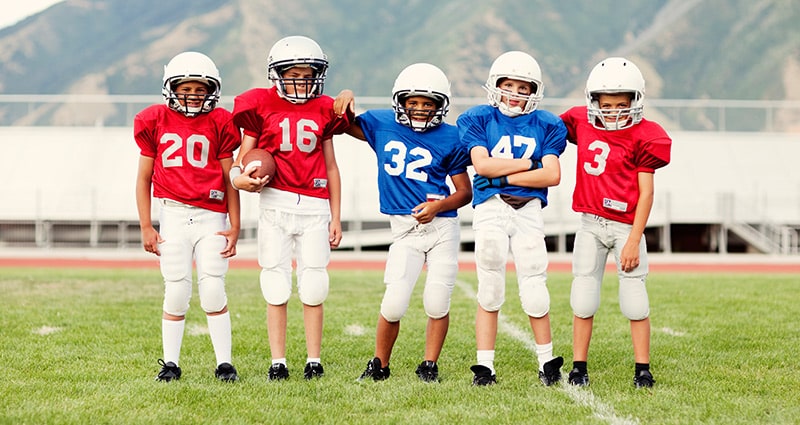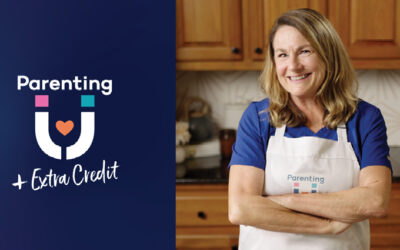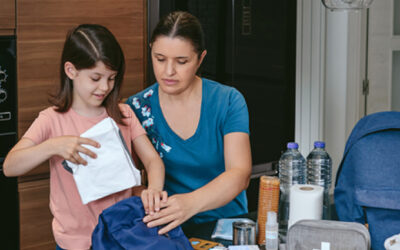Physical therapist Stephanie Wilks, PT, DPT, OCS, shares her advice on how young athletes can keep themselves healthy and reduce the risk of injury as they grow. Young athletes deserve specialized care for their growing bones.
According to a recent study by the Centers for Disease Control and Prevention, about 38% of children ages 9 to 13 participate in some form of organized sport. Many of these young athletes are now “specializing” in a single sport year-round. Today’s athletic superstars may encourage this mindset. Tiger Woods started putting on late-night TV as early as 2. More recently, European soccer teams competed over the rights to sign a 7-year-year-old phenom, Madin Mohammad, to play on their squads in the future.
The American Academy of Pediatrics poses some concerns about both the short-term and long-term consequences of this type of sport specialization at an early age. By specializing, these athletes are exposing repetitive stress and fatigue to specific areas of the body required by their sport. As a result, more than 3.5 million children under the age of 14 receive medical treatment for sports injuries annually.
According to the National Center for Sports Safety, nearly half of these athletic injuries in middle and high school students have resulted from overuse. Immature bones, insufficient post-injury rest and poor training and conditioning contribute to these overuse injuries.
The Skeletally Immature Athlete
The largest contributing factor separating these young athletes from their adult counter parts is the fact that their bones are still growing. Regardless of their talent, young athletes are simply not “little adults,” and their medical care and rehabilitation process should keep that in mind.
One of the most important factors to address in the pediatric and adolescent athletic population is the growth plate.
In adults, ligaments usually fail before bone when a bending stress is applied across a joint. However, in an immature skeleton, the “physis” or growth plate will fail under stress first. Children and adolescents often incur entirely different injuries than adults.
What may appear to be an ankle sprain, tendonitis or a muscle strain might in fact be an overuse injury or fracture of the growth plate. Often these injuries can be missed under normal examinations. Parents may want to request an X-ray to rule out any growth plate injuries. Early and accurate diagnosis can prevent long-term injuries and allow the young athlete to return safely to their sport.
Take Head Injuries Seriously
Head injuries may require more care and attention. Go to the ER if your child is confused, not making sense, repeating questions, vomiting a lot, or is so sleepy you can’t keep them awake after a head injury.
Any indication of a concussion, such as a slight headache or just not feeling right after a head injury, means to stop playing. Young athletes should sit out of competition and training until cleared by their healthcare provider.
Stay mindful of your growing athlete’s aches and pains. Don’t encourage them to push through the pain. If something hurts, stop doing it.
From aches and breaks to strains and sprains and much more, our exceptional providers can help take care of your kids’ growing bones.
-
In Acadiana: Our Lady of Lourdes Pediatric Orthopedics
-
In Baton Rouge: Our Lady of the Lake Children’s Health Orthopedics & Sports Medicine
-
In Bogalusa: get connected to a pediatric provider.
-
In Northeast Louisiana: get connected to a pediatric provider.




